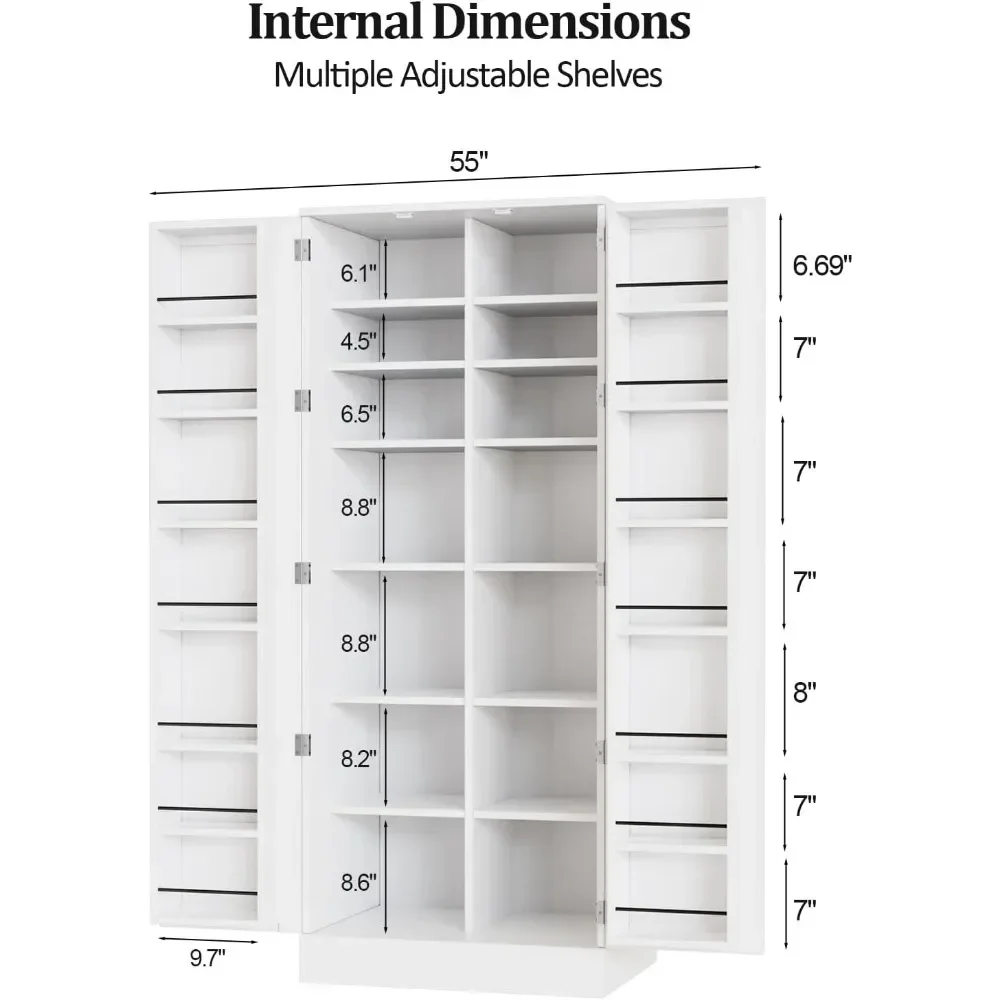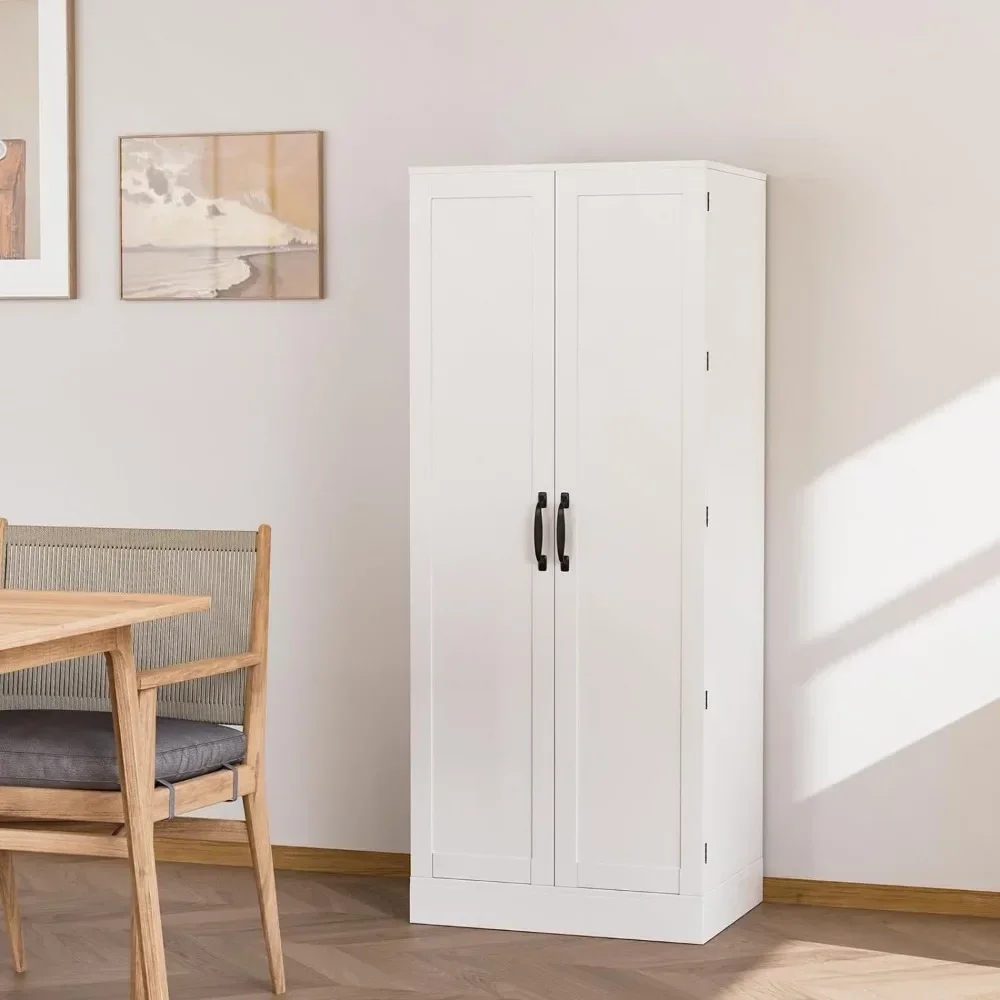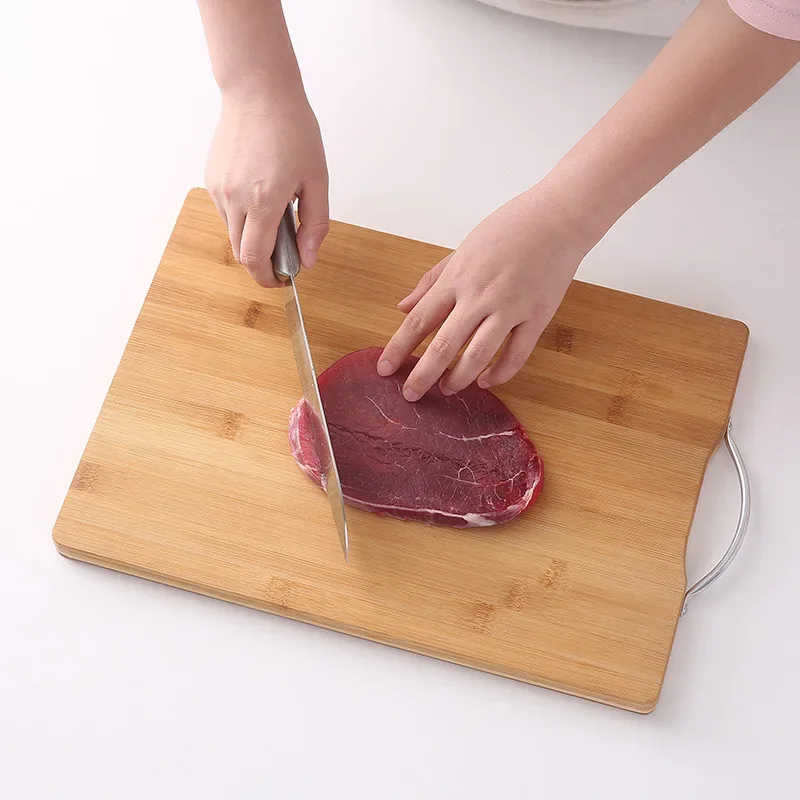Evaluating Your Kitchen’s Current Palette
What color to paint kitchen cabinets? Before you decide what color to paint your kitchen cabinets, take a good look at your current color scheme. Your cabinets don’t exist in isolation; they’re part of a larger palette that includes your walls, backsplash, countertops, and flooring. Each of these elements must work together harmoniously.

Check the dominant colors in your kitchen. Are they warm or cool? This will influence your choice of cabinet color. Warm colors are reds, oranges, and yellows. Cool colors include blues, greens, and purples.
Observe the amount of natural light your kitchen receives. Bright, sunny kitchens can handle darker or bolder cabinet colors better than a kitchen that relies on artificial light.
Think about the mood you want to create. Lighter colors can make a kitchen feel larger and cleaner, while darker colors can give a sophisticated, cozy feel.
Finally, consider the color of your appliances. If they are stainless steel, you have more flexibility; other colors may require more thoughtful matching or contrasting.
Once you’ve evaluated these factors, you’ll be better equipped to choose a cabinet color that complements your kitchen’s current palette and meets your aesthetic goals for the space.
The Impact of Backsplash on Cabinet Color Choices
When choosing what color to paint kitchen cabinets, the backsplash is vital. It’s often on the same visual plane, demanding attention alongside the cabinets. Here’s how it can impact your choices:
- Matching Tones: Coordinate cabinet color with the key tones in the backsplash for a unified look.
- Contrasting Effect: Opt for a cabinet color that contrasts with the backsplash for a vibrant, eye-catching design.
- Complementary Shades: Select a paint that complements the backsplash color for a balanced, harmonious kitchen.
- Neutral Backsplash: If your backsplash is neutral, you can be more adventurous with cabinet colors.
A properly matched or contrasted cabinet color can bring out the beauty of your backsplash, enhancing the kitchen’s overall aesthetics. It’s crucial to sample these colors in your actual space, as lighting can significantly affect the appearance. Take into account both natural and artificial light at different times of day. Remember, your goal is to create a cohesive and appealing atmosphere that reflects your personal style.

Countertop Coordination: Ensuring a Cohesive Look
Choosing the right paint color for your kitchen cabinets involves more than personal preference. Your countertops have a big say in the matter. Here’s how to ensure a cohesive look between your cabinets and countertops:
- Match Undertones: Ensure the undertones of your cabinet color match with your countertops. For beige countertops, try warm cabinet colors. Cool-toned counters work well with similar cool cabinet shades.
- Neutral Countertops: If your countertops are neutral, you have a greater range of color choices. Consider both bold and subtle cabinet colors.
- Veining and Patterns: Reflect on the colors in the veining or patterns of your countertops. Use these hues as inspiration for your cabinet color for an integrated look.
- Material Matters: The material of your countertops can affect the look. Shiny surfaces might pair well with matte cabinet finishes, while natural stone could call for earthier tones.
- Accent Colors: Use less dominant colors in your countertops as accent colors for your cabinets. This can add depth to your kitchen’s color palette.
- Consult Samples: Always check color samples with your countertops in various light settings. This will give you a true idea of how they’ll pair up.
By focusing on these factors, you can create a seamless and stylish kitchen space. The harmony between your countertops and cabinet colors is key to a balanced and inviting kitchen design.
Trending Kitchen Cabinet Colors for 2024
As we head deeper into 2024, kitchen design trends continue to lean towards cabinets that make a statement. Gone are the days of playing it safe with ubiquitous wood tones or standard white. Now, homeowners and designers alike are embracing vibrant hues and unique shades that contribute to a kitchen’s character. When considering what color to paint kitchen cabinets this year, here are some trending options:
- Bold Blues: Deep, rich blues such as navy or cobalt create a sophisticated and stately look.
- Earthy Greens: Shades from sage to olive add a natural and calming touch to any kitchen.
- Soft Pastels: Light pinks, baby blues, and mint greens offer a subtle splash of color without overwhelming.
- Warm Neutrals: Move over traditional beige; warm grays and taupe are the new go-to neutrals.
- Matte Blacks & Charcoals: These hues give an edge to modern designs, providing a dramatic contrast to lighter elements.
- Sunset Tones: Think warm terracotta, soft peach, and even muted coral for a welcoming atmosphere.
These colors not only reflect current design trends but also cater to a wide variety of tastes, making personalization in the kitchen easier than ever. It’s important to remember that while these colors are in vogue, they should still align with your kitchen’s overall palette and the mood you wish to create.
Understand that trends come and go, so ensure your choice is one you’ll be happy with for years to come. Sampling these colors in your own space becomes crucial, considering how different lighting conditions affect the paint’s true hue. Get creative and embrace the colors that resonate with your style and your home’s personality in 2024.

Timeless Colors Versus Trend-Driven Choices
When updating your kitchen cabinets, consider timeless colors alongside trend-driven options. Timeless colors, like soft whites and neutral grays, offer enduring appeal and flexibility. Trend-driven choices reflect contemporary styles, but they might not age as well. Here’s how to balance the two:
- Go Classic: For longevity, classic whites, creams, and grays work well. They adapt to changing decor and styles.
- Stay On-Trend: If you want a modern kitchen, explore colors like deep blues or rich greens. But think about the future.
- Blend Both: Mix timeless hues as your base, with trendy accents. Hardware and accessories are easy to update.
- Consider Resale: If you plan to sell your home, neutrals are safer. They appeal to a wider range of buyers.
- Personal Preference: Ultimately, pick colors you love. Your kitchen should make you happy.
By balancing timeless and trend-driven colors, you create a kitchen that feels current yet will stand the test of time.
Paint Finishes and Techniques for Kitchen Cabinets
When selecting a paint for kitchen cabinets, finish and application technique are crucial for durability and aesthetics.
- Choose the Right Finish: Options include matte, satin, semi-gloss, and high-gloss. Matte finishes hide imperfections but are less durable. Satin and semi-gloss are popular for their balance between sheen and ease of cleaning. High-gloss finishes are very durable and easy to clean but highlight imperfections.
- Prep the Surface: Proper preparation is key to paint adhesion. Clean cabinets thoroughly, sand if necessary, and apply a good-quality primer before painting.
- Paint Application: Techniques vary from brushing and rolling to spraying. Brushing and rolling can be a DIY-friendly option, while spraying provides a smooth, professional finish.
- Sanding Between Coats: Sand lightly between paint coats to ensure a smooth finish. It also helps the next coat adhere better.
- Drying Time: Allow sufficient drying time between coats. Rushing this process can lead to a finish that doesn’t last.
- Protective Topcoat: For added durability, consider a protective topcoat, especially on high-touch areas like handles and edges.
By choosing the correct finish and applying the paint with care, you can achieve long-lasting, beautiful results for your kitchen cabinetry.
The Role of Lighting in Your Color Decision
Choosing the right paint color for your kitchen cabinets isn’t just about the hue; lighting plays a significant role too. Here’s how to consider the impact of lighting on your color decision:
- Natural Light: It makes colors appear brighter and more true to tone. If your kitchen has lots of windows, you can choose deeper or more vibrant colors.
- Artificial Lighting: It can alter how a color looks. Cool white bulbs can make colors look sharper, while warm bulbs may add a yellow tint.
- Directional Lighting: The direction your kitchen faces affects the light and thus the color. North-facing rooms might benefit from warmer hues, while south-facing can handle cooler tones.
- Evening Ambiance: Think about how the color will look at night. Use lamps and overhead lights to test colors in the evening.
- Multiple Sources: Combine natural and artificial light sources for the best effect. This helps balance the color perception throughout the day.
- Reflections: Surfaces like glossy countertops can reflect light and affect the cabinet color appearance. Watch for these interactions.
Remember to sample paint colors at different times of the day to see how lighting changes their appearance. This ensures you choose a color that looks great anytime.
Creative Ideas for Two-Tone Cabinet Color Schemes
When it comes to kitchen cabinets, two-tone color schemes are trendy and dynamic. They can delineate different areas, highlight architectural features, or simply add an intriguing visual twist to your kitchen. Here are some creative ideas for incorporating two-tone cabinet colors into your kitchen:
- Upper vs. Lower: Choose a lighter color for upper cabinets and a darker one for lowers. This can create a grounded look while keeping the space open and airy.
- Island Standout: Paint your kitchen island in a contrasting color to the rest of the cabinets. This turns the island into a focal point and adds an exciting pop of color.
- Accent Sections: Use a bold color on select areas like a pantry door or a particular set of drawers. This injects personality and style without overwhelming the space.
- Shades of the Same Hue: For a subtle two-tone effect, select two shades from the same color family. Play with light and dark variants to add depth and dimension.
- Contrast with Hardware: Pairing two paint colors with different hardware metals can accentuate the two-tone look. Think brass with dark hues and chrome with light shades.
- Wall Connection: Link cabinet colors to your wall colors. A lighter wall with darker lower cabinets and vice versa can be striking. It gives a cohesive feel across the kitchen elements.
Remember to consider the visual balance and overall design theme of your kitchen when selecting two-tone color schemes. You want to create harmony while allowing each color to stand out and contribute to the environment you aim to achieve.
Expert Tips for Sampling and Testing Paint Colors
When it’s time to choose paint colors for kitchen cabinets, sampling is crucial. Here are expert tips for testing colors so you make the right choice:
- Get Large Samples: Small paint swatches don’t show the true color. Larger samples give a better sense of how a color will look.
- Use Poster Board: Paint a piece of poster board and move it around. Check it against cabinet surfaces, walls, and countertops.
- Consider the Light: Look at samples in different lighting conditions. Morning light and evening light can change a color’s look.
- Leave Samples Up: Keep samples on poster board up for a few days. Observe them at different times to see the full effect.
- Stick to Your Palette: Make sure the colors you test match your kitchen’s scheme. They should fit with the walls, backsplash, and floors.
- Test Finish Types: Paint finishes matter. Test matte, satin, and gloss finishes to find what works best for your kitchen.
- Live with the Color: Spend time with your chosen samples. Make sure you’re happy with them as they’ll set the room’s tone.
By following these tips, you can feel confident in your final paint color choice for a beautiful kitchen update.
